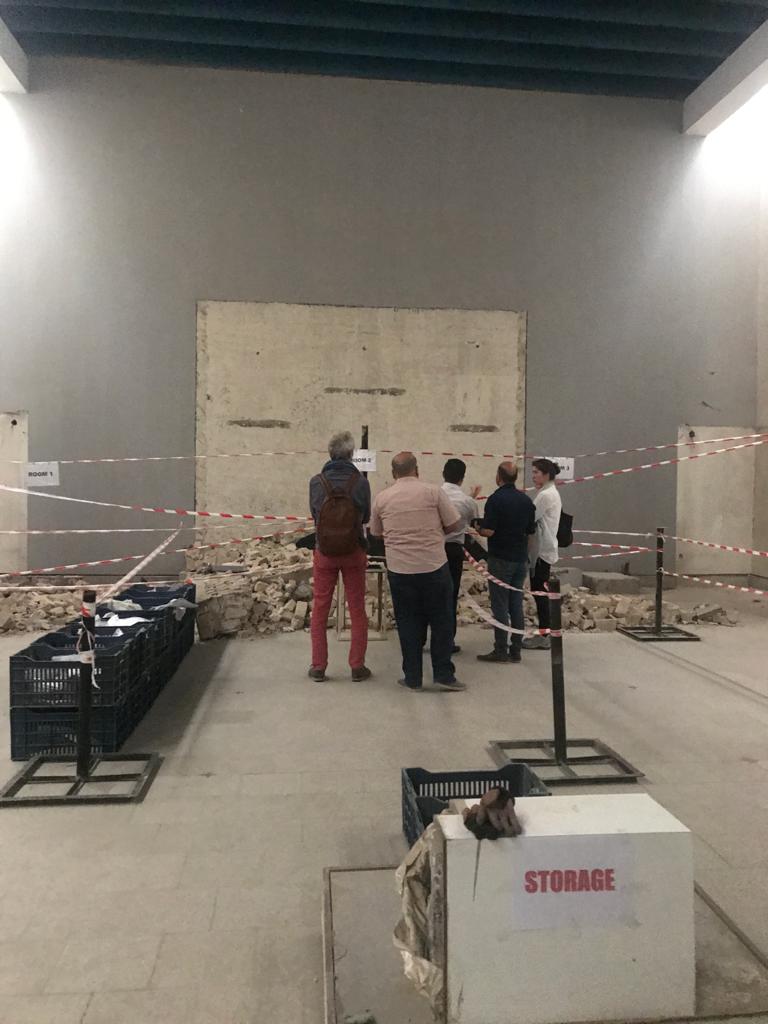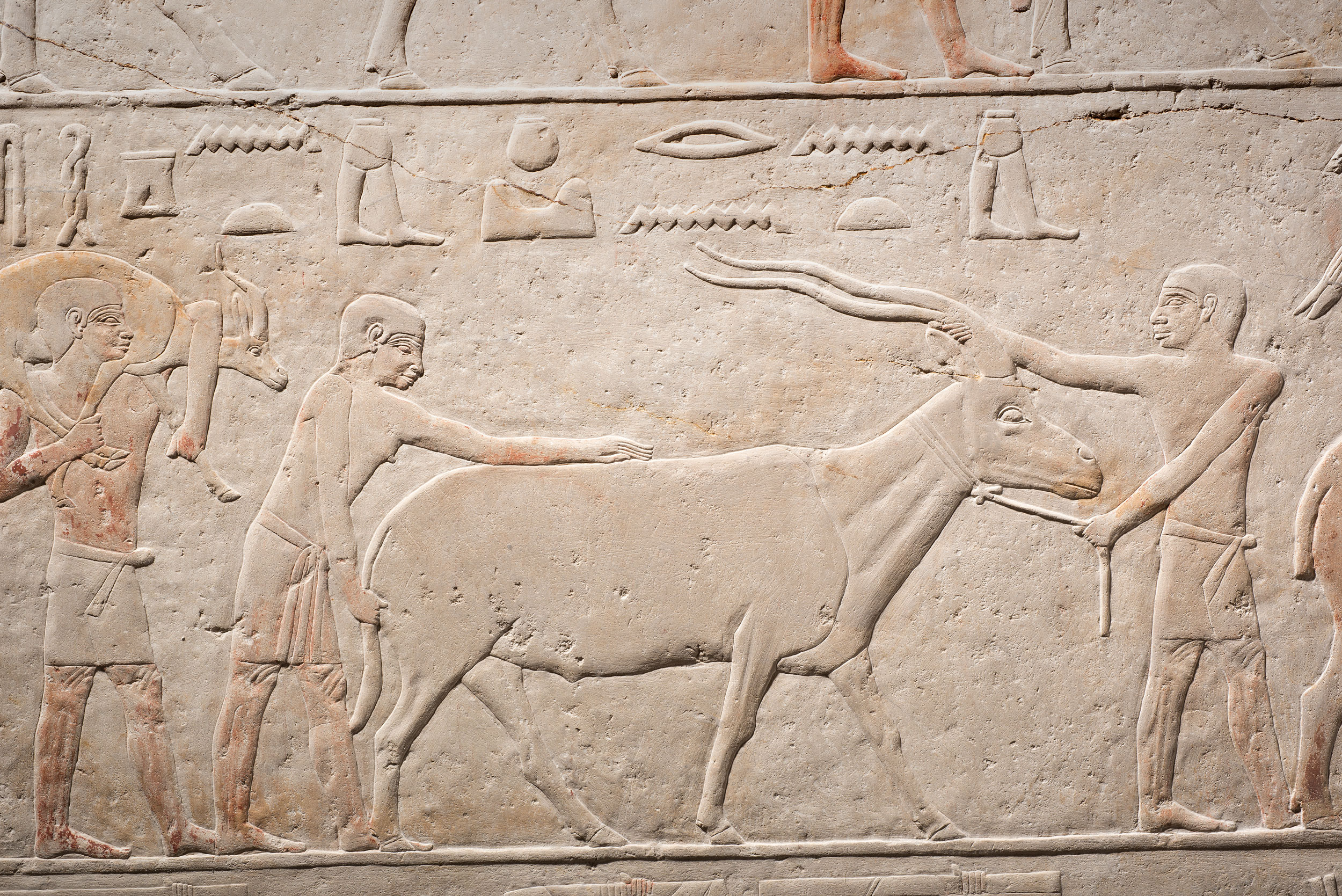Bringing Mosul Museum Back to Life
15 March 2021

Ariane Thomas, director of the Louvre’s Department of Near Eastern Antiquities, has been making regular trips to Iraq to help with the restoration of Mosul Museum. After being largely destroyed and looted, the museum is gradually coming back to life thanks to an international programme in which the Louvre is playing a key role. Interview:




